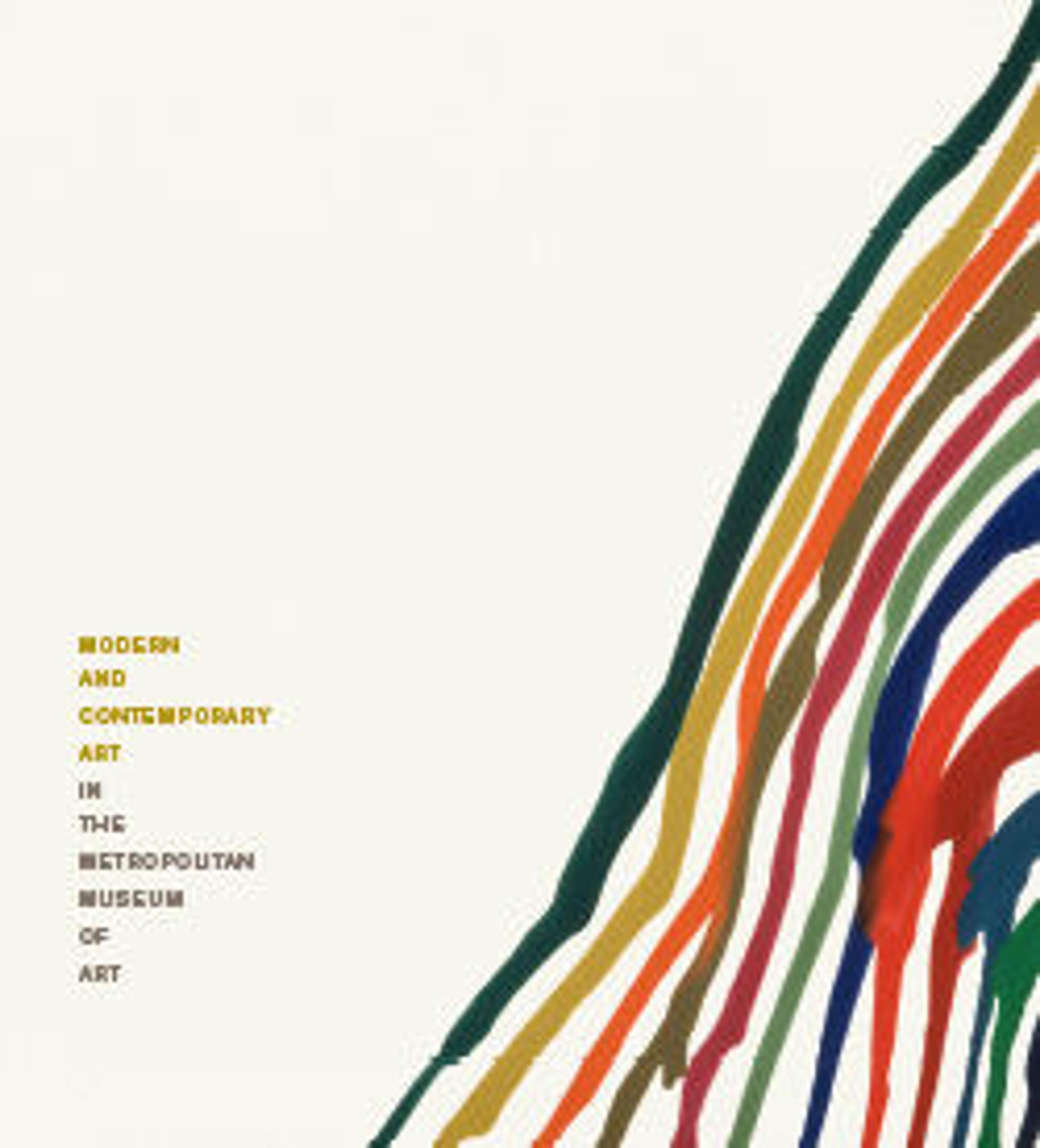The Café Terrace
In the distinct brand of Cubism that he developed while living temporarily in Paris, Rivera used small dots of color, a technique known as Pointillism, to amplify contrasts in texture and pattern. Here, the sleek bottle of green liquid, presumably absinthe, and shiny metal spoon, necessary for preparing the potent drink, are paired against a strip of camouflage tablecloth, a reference to World War I. Additionally, he includes references to his homeland, such as the cigar box with a partial label reading BENITO JUA underneath a miniature Mexican landscape. This label refers to Benito Juárez, the President of Mexico from 1858 until his death in 1872.
Artwork Details
- Title: The Café Terrace
- Artist: Diego Rivera (Mexican, Guanajuato 1886–1957 Mexico City)
- Date: 1915
- Medium: Oil on canvas
- Dimensions: 23 7/8 × 19 1/2 in. (60.6 × 49.5 cm)
- Classification: Paintings
- Credit Line: Alfred Stieglitz Collection, 1949
- Object Number: 49.70.51
- Rights and Reproduction: © 2025 Artists Rights Society (ARS), New York
- Curatorial Department: Modern and Contemporary Art
More Artwork
Research Resources
The Met provides unparalleled resources for research and welcomes an international community of students and scholars. The Met's Open Access API is where creators and researchers can connect to the The Met collection. Open Access data and public domain images are available for unrestricted commercial and noncommercial use without permission or fee.
To request images under copyright and other restrictions, please use this Image Request form.
Feedback
We continue to research and examine historical and cultural context for objects in The Met collection. If you have comments or questions about this object record, please contact us using the form below. The Museum looks forward to receiving your comments.
